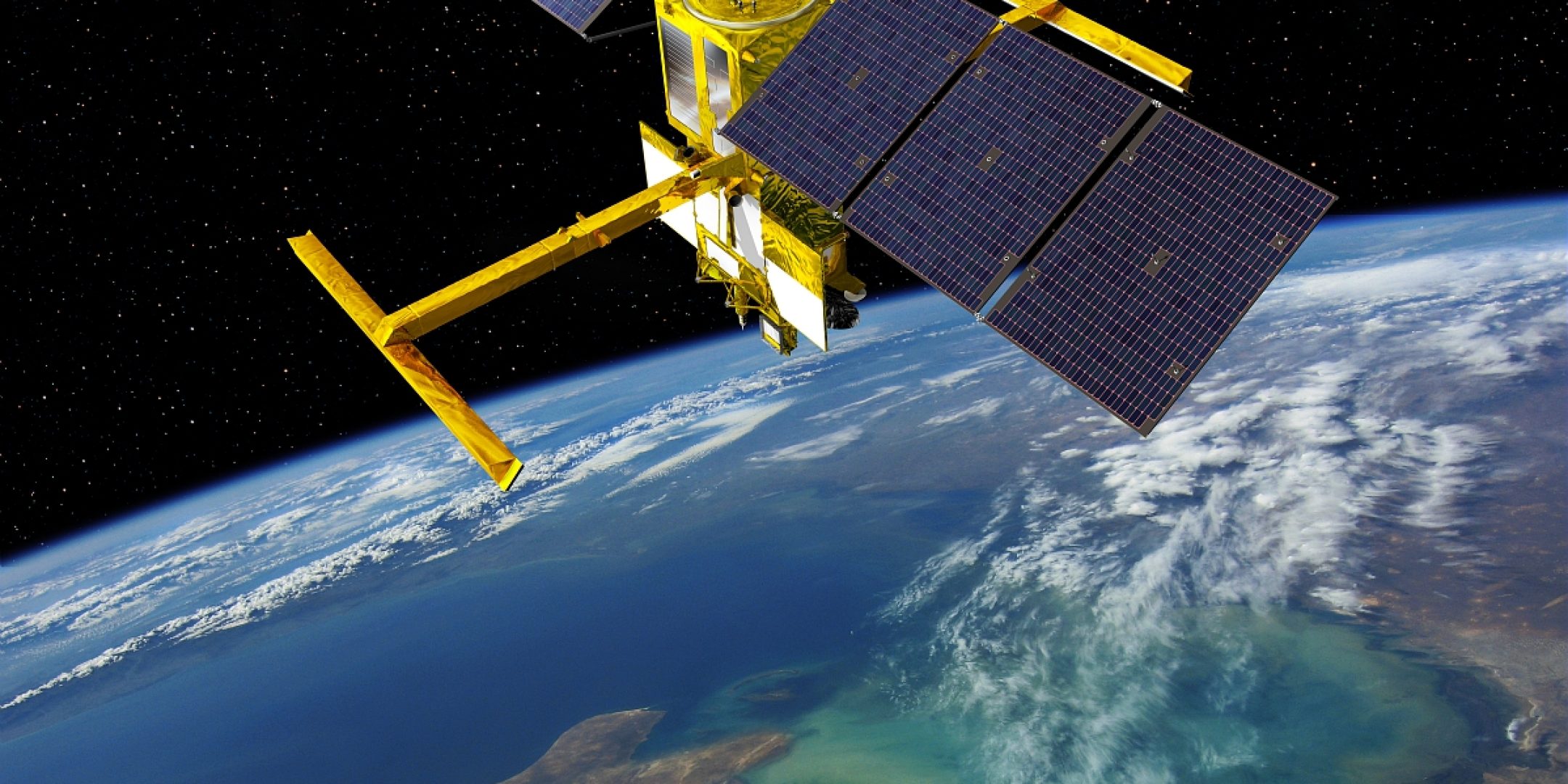After more than a year in assembly, integration and testing by NASA and https://fscience-old.originis.fr/wp-content/uploads/2023/06/GLOC_Oslo_Norway_S2_27juillet2022_web-2-1.jpg teams at Thales Alenia Space’s facility in Cannes, France, the SWOT satellite (Surface Water and Ocean Topography) is now being readied for launch from the U.S. Vandenberg Space Force Base (VSFB) no earlier than 15 December atop a Falcon 9 vehicle operated by SpaceX.
SWOT is a joint mission between https://fscience-old.originis.fr/wp-content/uploads/2023/06/GLOC_Oslo_Norway_S2_27juillet2022_web-2-1.jpg and NASA, with contributions from the Canadian Space Agency (CSA) and the United Kingdom Space Agency (UKSA). It is dedicated to measuring surface water levels in lakes and rivers and river discharges, and to acquiring highly precise and detailed data on ocean dynamics. It is the first space mission to survey almost all of Earth’s surface water. This scientific adventure in the field of altimetry began 30 years ago, in 1992, with the launch of the TOPEX/Poseidon satellite and was subsequently pursued through the Jason series in partnership with the U.S. National Oceanic and Atmospheric Administration (NOAA) and Eumetsat.
SWOT is designed around a key leap-ahead technology using wide-swath interferometry with the KaRIn instrument conceived by the Jet Propulsion Laboratory (JPL), for which https://fscience-old.originis.fr/wp-content/uploads/2023/06/GLOC_Oslo_Norway_S2_27juillet2022_web-2-1.jpg and Thales Alenia Space built the radiofrequency system. KaRIn has two Ka-band synthetic aperture radar (SAR) antennas separated by a 10-metre boom that will enable it to view a 120-kilometre swath with a horizontal resolution on the order of 50 to 100 metres. SWOT will also be carrying a Nadir module comprising the same instruments as the Jason series of satellites, including the Poseidon dual-frequency altimeter built by Thales Alenia Space. This module will also carry the DORIS precise orbit determination system, built by Thales, an Advanced Microwave Radiometer (AMR), a GPS Payload (GPSP) and a Laser Retro-reflector Array (LRA) built by JPL.
In 2023 the SWOT satellite will extend the coverage of oceanographic altimetry to coastal currents and hydrology, measuring surface water heights to gauge and track river discharges and freshwater stocks around the globe. In the field of oceanography, with a resolution ten times better than current technologies it will enable fine-scale observations spanning 10 to 20 kilometres of ocean circulation structures and their interactions with the deep ocean. This will in turn help us better understand their effects on marine life, ecosystems, water quality and energy transfers. And SWOT’s radar interferometer will afford the ability to survey coasts up close and study their interactions with ecosystems, water quality and shoreline retreat.
From a broad perspective, by gauging sea level and river and lake discharges and levels with greater precision, and by studying coasts more closely, SWOT will help us to manage Earth’s freshwater stocks more sustainably. Data from the satellite will bring new insights into rising sea level and how coasts are evolving in a changing climate, delivering vital information to numerous scientific communities around the world.

